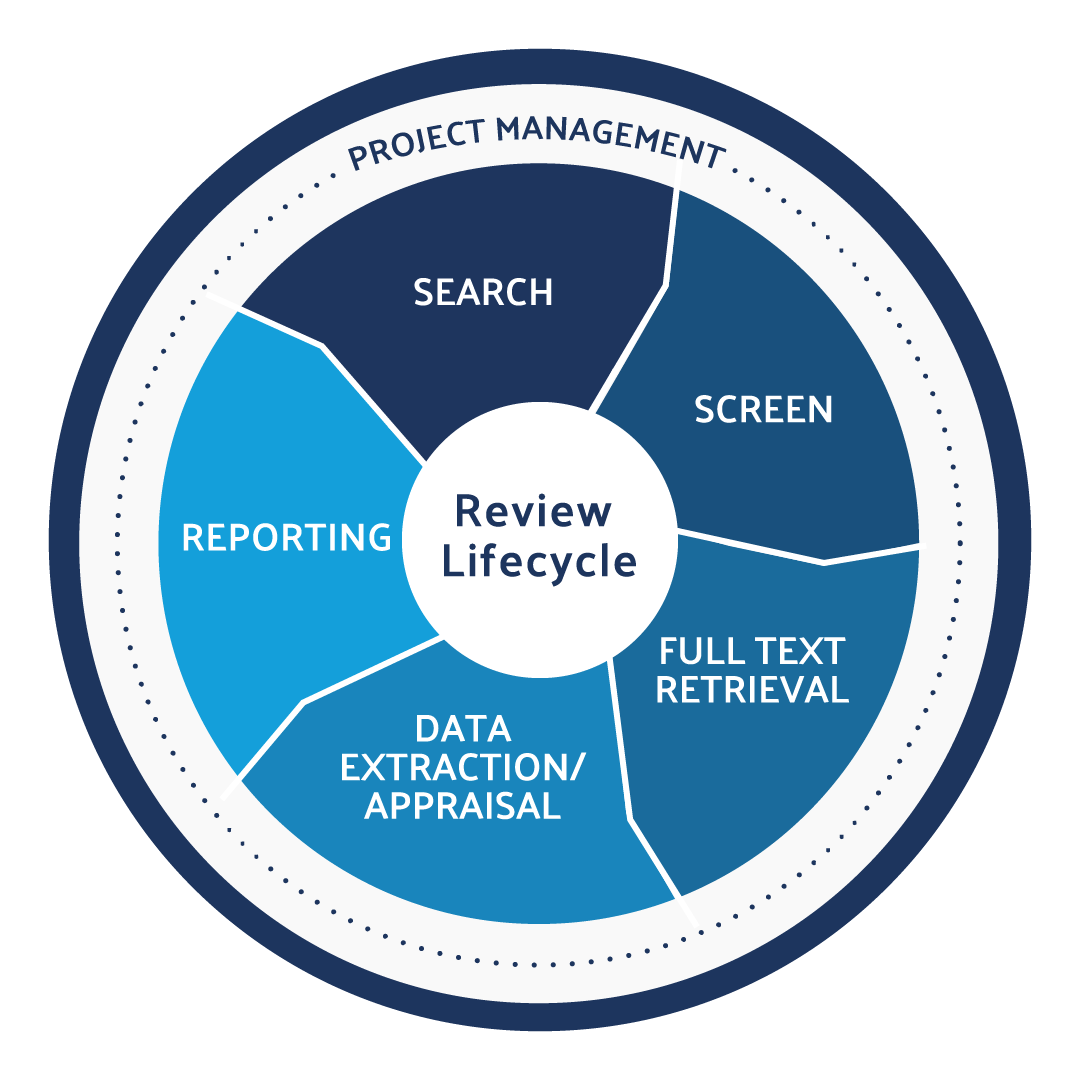About Systematic Reviews
How Do I Do a Rapid Systematic Review


Automate every stage of your literature review to produce evidence-based research faster and more accurately.
Reviews in scientific research are tools that help synthesize literature on a topic of interest and describe its current state. Different types of reviews are conducted depending on the research question and the scope of the review. A systematic review is one such review that is robust, reproducible, and transparent. It involves collating evidence by using all of the eligible and critically appraised literature available on a certain topic. To know more about how to do a systematic review, you can check out our article at the link. The primary aim of a systematic review is to recommend best practices and inform policy development. Hence, there is a need for high-quality, focused, and precise methods and reporting. For more exploratory research questions, methods such as a scoping review are employed. Be sure you understand the difference between a systematic review and a scoping review, if you don’t, check out the link to learn more.
When the word “review” alone is used to describe a research paper, the first thing that should come to mind is that it is a literature review. Almost every researcher starts off their career with literature reviews. To know the difference between a systematic review and a literature review, read on here. Traditional literature reviews are also sometimes referred to as narrative reviews since they use narrative analysis to synthesize data. In this article, we will explore the differences between a systematic review and a narrative review, in further detail.
Learn More About DistillerSR
(Article continues below)
How to Do a Rapid Systematic Review
As mentioned above, a rapid systematic review balances time limitations with considerations of partiality. If you want to try it out, here are the important steps you need to follow.
Creating a Research Question
Like any other type of systematic review, a rapid review requires a research question. Therefore, you need to know how to structure a systematic review question. Your question should be properly defined and focused. To come up with the right research question, you need to consider the biology and composition of the issue, its epidemiology, the unacceptable clinical practice, and patient results that cause an interest in the subject matter.
Additionally, you have to consider the appropriate stage for evaluation, achievability of the internal validity, the extent to which external validity can be achieved, what you can afford, what circumstances allow, and how to strike the right balance between the idea and practicability.
Defining Parameters
You have to define the limits of your review before you start reviewing your preferred studies. Ask yourself:
- What resources do I need to search?
- What inclusion and exclusion criteria do I use?
- What is my screening protocol?
- How do I appraise the quality of studies I choose?
- What appraisal tools will I use?
Identifying Bias
Depending on your answers to the questions in step two, you should be able to identify all biases in your protocol. Some of the common biases include less transparency and reproducibility, errors, exclusion of unpublished data or negative results, exclusion of important results, exclusion of studies available elsewhere.
Planning and Execution
Come up with a feasible plan for your search and execute it effectively. For instance, you need to schedule a meeting with your librarian so that they can provide you with all the literature resources you need and choose the right technique for detailing your search. Proceed to do your search and remember to keep your citations.
Screening and Selecting
Using the criteria you have defined in step two, do a screen search of your results. Create a worksheet to help you monitor your screening and reviewing processes.
Appraising the Quality of Evidence
Use the appraisal tools you’ve chosen to appraise the quality of your evidence. This helps you to identify the best studies to include in your evidence synthesis. For instance, use evidence summary worksheets or tables to track significant features of reviewed studies.
Synthesizing Your Evidence
This involves the amalgamation of useful data collected from different studies. You need to combine the evidence collected at different appraisal stages. make sure your evidence synthesis addresses the following:
- Study problem or objective
- Relevance of the study
- Implications for the study design or techniques
- Possible biases or limitations of the review
Finally, although this article offers you a specific way of conducting a rapid systematic review, please understand that rapid reviews can vary in range and procedure, as well as the timeline for conducting them.








